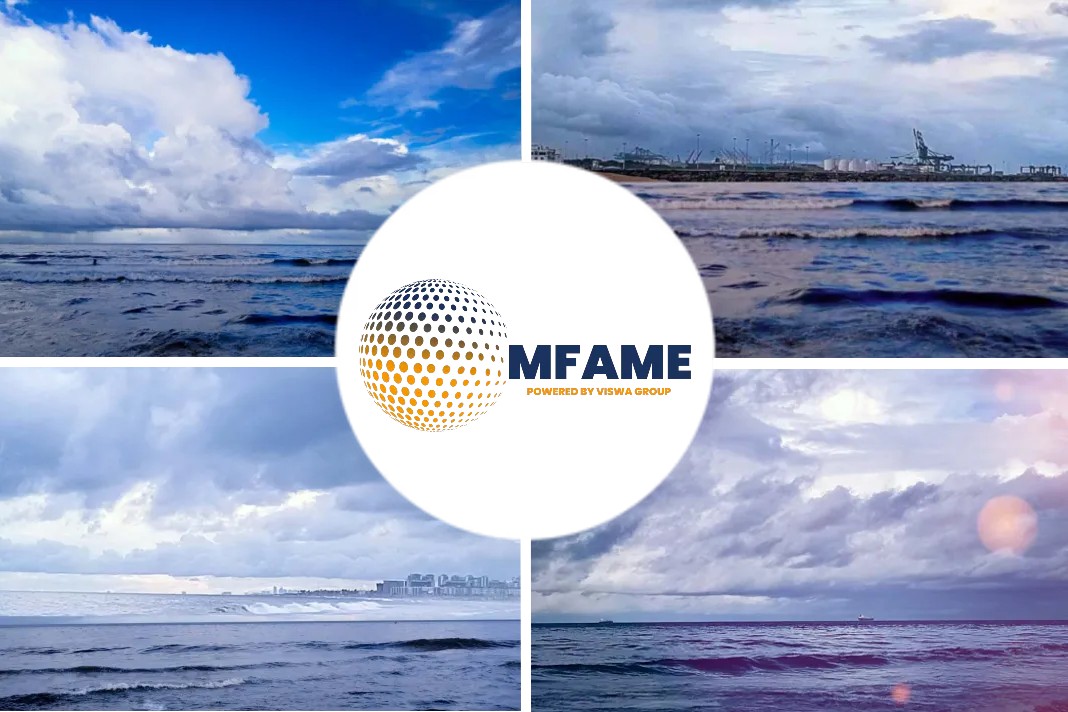
Manufacturing and component indexes saw improvement in July and demand is driving international freight rates higher. For industries seeking signs of recovery, these are positive albeit limited signals. At the same time, China’s economy has most of its trading partners worried, reported epsnews.
According to cargo marketplace Freightos, August General Rate Increases (GRI) pushed ex-Asia ocean freight rates up sharply to start August on a combination of demand rebounds and stricter capacity reductions by carriers.
Transpacific weekly average rates increased to $1,672/FEU to the West Coast in late July, and $2,677/FEU to the East Coast. But West Coast prices climbed to $1,900/FEU that period, a 44 percent increase compared to mid-July and 23 percent higher than in 2019. East Coast rates reached $2,883/FEU, a 20 percent increase since mid-July and 2 percent higher than in 2019.According to Freightos,these price increases are partly driven by some demand recovery.
Increase in volume
National Retail Federation U.S. ocean import data estimates that July volumes increased 4 percent compared to June and though July numbers would be 3 percent lower than in 2019, imports are projected to increase in August and remain elevated through October – in line with typical seasonality and 3-6 percent above 2019 levels. Based on projections through December, total 2023 volumes would show 3 percent growth relative to 2019, slightly below the 2012 – 2019 average annual growth rate of 4.2 percent.
Low water level in Panama Canal
Another factor for Asia – U.S. East Coast rates is the low water level in the Panama Canal. Though some surcharges and restrictions have been in place since June without significant impacts on rates or operations, the first reports of congestion and a ship having to offload containers before entering the canal this week point to the potential for this situation to cause disruptions.
Asia – Mediterranean demand remains particularly strong, and has been the driver of rates remaining above 2019 levels this year even as prices fell on other trade lanes. As carriers added capacity to the lane prices fell about 17 percent in July from the elevated level of about $2,400/FEU it had sustained since April, but a GRI has pushed prices back up to $2,423/FEU this week, 38 percent higher than in 2019.
In labour news, the ILWU Canada membership ratified the revised agreement with port operators, putting an end to the dispute that had shut down Canadian ports for the first half of July.
Air index data
In air cargo, some observers think the demand lull has reached its floor and should start a gradual recovery. For now Freightos Air Index data shows Asia – Europe air rates have been stable, at about the $3/kg level since about May with weekly rates ticking up 2 percent to $3.14/kg, about 40 percent lower than a year ago. Transpacific rates fell 12 percent in late July to $3.48/kg, more than 50 percent below last year and transatlantic prices fell 6 percent to $1.69/kg and 44 percent lower than last August.
Ocean rates – Freightos Baltic Index:
- Asia-US West Coast prices (FBX01 Weekly) increased 9 percent to $1,672/FEU.
- Asia-US East Coast prices (FBX03 Weekly) increased 3 percent to $2,667/FEU.
- Asia-N. Europe prices (FBX11 Weekly) climbed 31 percent to $1,655/FEU.
- Asia-Mediterranean prices (FBX13 Weekly) increased 18 percent to $2,345/FEU.
Air rates – Freightos Air index
- China – N. America weekly prices decreased 12 percent to $3.48/kg
- China – N. Europe weekly prices increased 2 percent to $3.14/kg.
- N. Europe – N. America weekly prices fell 6 percent to $1.69/kg.
Did you subscribe to our daily newsletter?
It’s Free! Click here to Subscribe
Source : epsnews






















